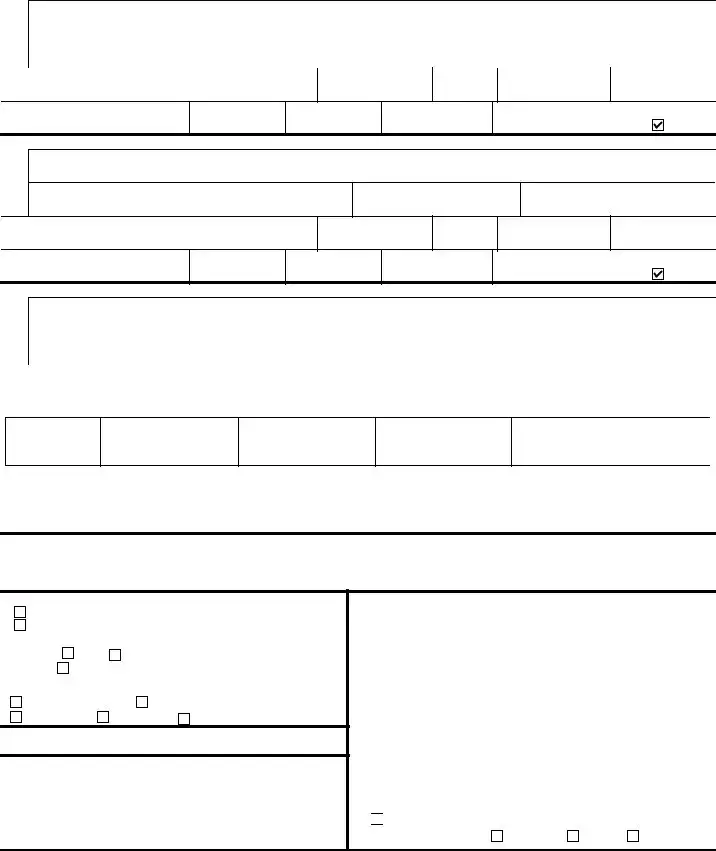In Louisiana, navigating financial and legal landscapes requires understanding tools like the UCC-1 Financing Statement, a crucial document for delineating the rights and responsibilities concerning secured transactions. This form, integral to the Uniform Commercial Code (UCC) practices within the state, is meticulously designed to record and publicize the interest a creditor holds against a debtor's personal property, which serves as collateral for a loan or obligation. The UCC-1 form in Louisiana demands precise information, including the debtor's full legal name, contact details, tax identification number, and specifics about the organization if applicable, ensuring that only one debtor's name is registered per form to avoid confusion. It also requires details about the secured party or assignee and a comprehensive description of the collateral involved. Options on the form allow for indicating if the filing relates to real property, a transmitting utility, a trust, or even a decedent's estate, among others, including alternative designations like lessee/lessor and bailee/bailor relationships. Moreover, the form facilitates the inclusion of additional debtors and secured parties, accommodating complex transactions. Filing the UCC-1 form correctly is foundational for maintaining a secured party's priority in the event of debtor default or bankruptcy, making it a critical step for creditors in protecting their interests.


 CHECK TO REQUEST SEARCH REPORTS ON DEBTOR(S
CHECK TO REQUEST SEARCH REPORTS ON DEBTOR(S